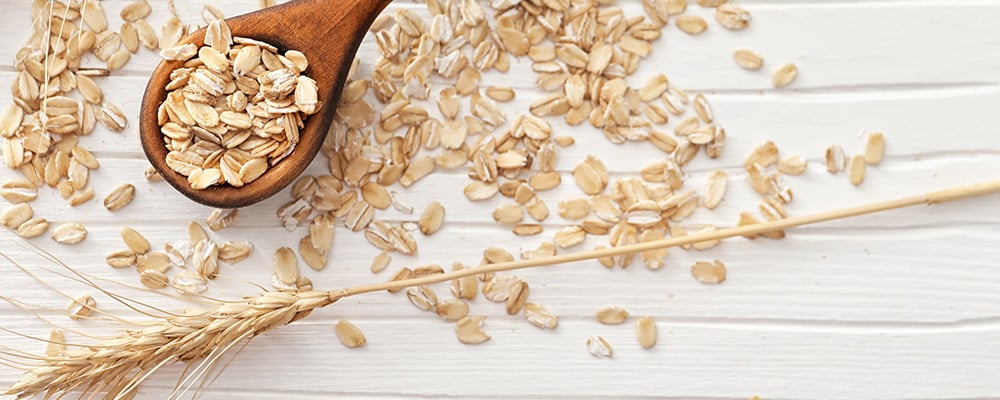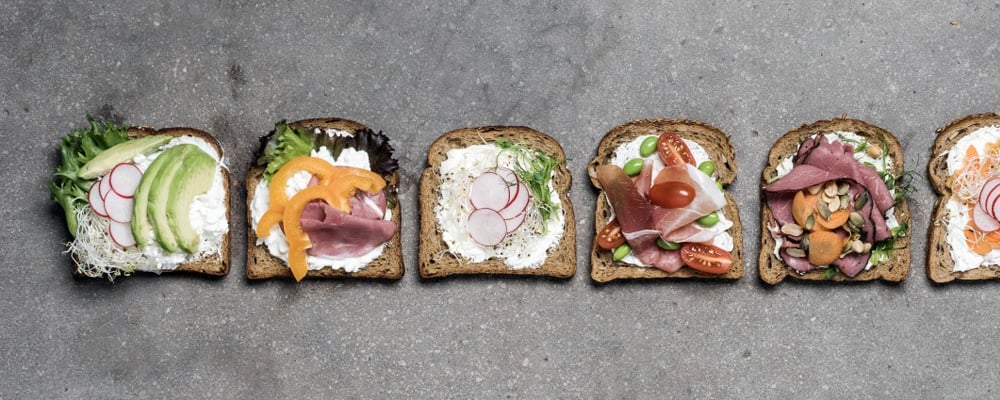

Why rye is a cause for healthy celebration
4 minute read
If you’re one of those people who has grown up with oats for breakfast – a bowlful with milk or cooked into porridge – then you already know that oats are a fibre-rich cereal with a mild and nutty taste. But, even in the countries where oats are most widely consumed, you’re probably still in a minority.
That’s a pity, because oats are one of the most nutritious grains around. And they slot right into today’s gluten-free trend, adding taste, texture and fibre to gluten-free and all other types of bread.
There are signs, though, that oat consumption is gathering momentum. Their natural, traditional image is well aligned with Mintel’s 2017 global food & drink trends, which highlight the consumer preference for simple, flexible and more plant-based diets and for well-known, well-trusted foods.
In gluten-free bread, oats deliver protein, fibre and a range of vitamins and minerals – giving an important boost to products that can be nutritionally inferior to standard gluten-containing bread. Their excellent moisture-retaining capabilities also counteract dryness, which is a typical quality issue for many gluten-free breads.
In 2010, oats gained extra kudos when the European Food Safety Authority (EFSA) approved a health claim related to its content of soluble beta-glucan fibre. Accounting for half the cereal’s total fibre content, beta-glucan is recognised for its ability to lower blood cholesterol levels – a factor in reducing the risk of cardiovascular disease. Studies show that daily consumption of at least 3g oat beta-glucan is all you need to feel the benefit.
EFSA has since approved two further health claims – that oat beta-glucan helps to keep blood sugar in balance after a meal, and that oat fibre generally supports bowel function. For consumers with irritable bowel syndrome, it’s a particularly good fibre source.
With a health record like that, it’s not surprising universities and industry partners are keen to keep on investigating. In Finland and Sweden alone this year, two projects have won substantial funding. Lantmännen is a partner in both.
The research project in Finland will work towards developing preventive healthcare solutions based on health-promoting oats and oat beta-glucans. In Sweden, the ScanOat industrial research centre aims to develop new oat varieties for sustainable cultivation and targeted health effects.
There’s every reason why consumers should make more of this age-old and nutritious cereal in their everyday diet – including diets that are gluten free.. It’s healthy, it’s delicious and it’s easy to eat at breakfast, use in baking and add to many other foods. What’s not to like?
According to the UN Food & Agriculture Organization, Denmark tops the world charts for the highest oat consumption – 9kg per person a year – followed by Belarus, the UK, Finland and Norway. By comparison, annual consumption of wheat and wheat products in Denmark is 98kg per head.

3 minute read

2 minute read

5 minute read
Tips & tricks for your specific industry and more